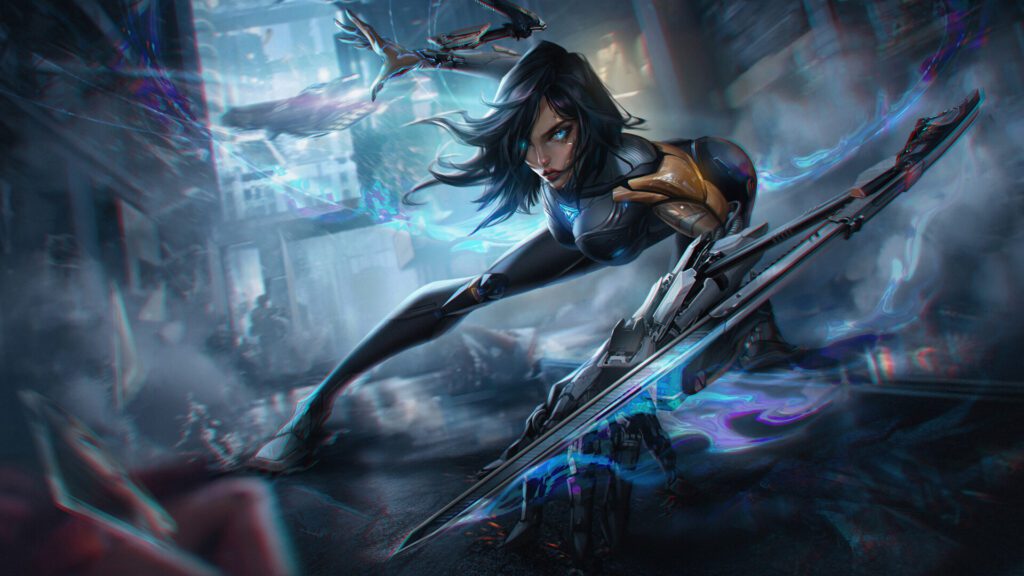The creation of video game characters is crucial to capturing a player’s imagination and keeping them invested in the game. To create a successful character, game designers must first understand their audience and what resonates with them. Research and inspiration are then gathered to strike a balance between uniqueness and aesthetic. A character’s personality and backstory are essential to bringing them to life, and their visual design should reflect this. Animation and movement are then developed to make the character engaging and dynamic, and user testing and feedback looped in for refinement. By following these steps, game developers can create characters that captivate players.
The Science of Character Design in Video Games
Video games continue to be one of the most popular forms of entertainment in the world, and the characters within those games are a major reason why. A well-designed character can capture the player’s imagination and keep them invested in the game for hours on end. But what goes into creating these characters? What is the science behind character design in video games?
Understanding the Audience
The first step in creating a great video game character is understanding the audience that will be playing the game. Who are they? What are their interests? What kinds of characters do they resonate with? This information is essential for creating a character that will break through the noise and connect with players on a deeper level.
Research and Inspiration
Once the audience has been identified, the next step is to research and gather inspiration for the character design. This involves looking at other successful characters in the same genre or exploring various styles of character design to determine what fits best with the game. It’s important to strike a balance between creating a unique character while still fitting within the aesthetic and tone of the game.
Personality and Backstory
A great character isn’t just about the way they look, but also about who they are. Developing a personality and backstory for the character helps to bring them to life and make them seem more real to the player. This can be achieved by creating detailed character bios that provide insight into their motivations, fears, and desires.
Visual Design
Once the personality and backstory have been established, it’s time to create the visual design of the character. This involves sketching out various concepts and iterating on designs until the final character is chosen. The visual design should reflect the personality and backstory of the character while also being visually appealing to the player.
Animation and Movement
A great character doesn’t just stand still, they move and interact with the game world around them. Developing animation and movement for the character requires a deep understanding of how the game mechanics work and how the character will interact with objects in the game. This is where the character truly comes to life and becomes a dynamic and engaging part of the game.
User Testing and Feedback
Finally, once the character has been fully developed, it’s time to test it with real players and gather feedback. User testing helps to identify any areas where the character may not be resonating with players or where there may be room for improvement. This feedback can then be used to refine the character and make it even better.
In conclusion, the science of character design in video games requires a deep understanding of the audience, research and inspiration, personality and backstory, visual design, animation and movement, and user testing and feedback. By following these steps, game developers can create characters that capture the imagination of players and keep them invested in the game for hours on end.
